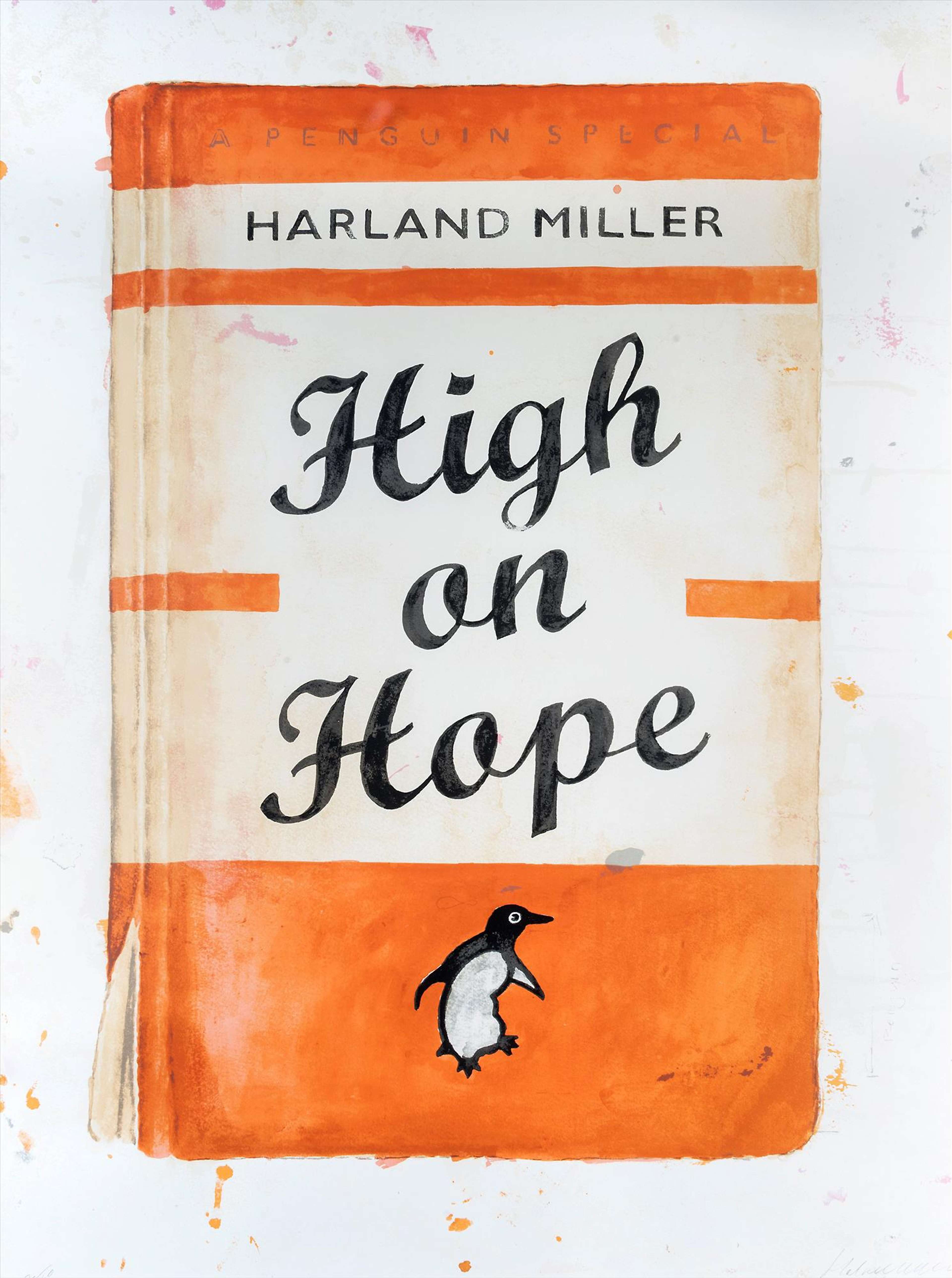
High On Hope (orange)

High On Hope (orange)
Signed Print
Harland Miller
£10,000-£15,000Value Indicator
$21,000-$30,000 Value Indicator
$19,000-$28,000 Value Indicator
¥90,000-¥140,000 Value Indicator
€12,000-€18,000 Value Indicator
$100,000-$150,000 Value Indicator
¥1,910,000-¥2,870,000 Value Indicator
$13,000-$19,000 Value Indicator
AAGR (5 years) This estimate blends recent public auction records with our own private sale data and network demand.
There aren't enough data points on this work for a comprehensive result. Please speak to a specialist by making an enquiry.
Medium: Screenprint
Edition size: 50
Year: 2019
Size: H 149cm x W 113cm
Signed: Yes
Format: Signed Print
TradingFloor
Track this artwork in realtime
Watch artwork, manage valuations, track your portfolio and return against your collection
Track auction value trend
Auction Results
| Auction Date | Auction House | Location | Hammer Price | Return to Seller | Buyer Paid |
|---|---|---|---|---|---|
| December 2019 | Tate Ward Auctions | United Kingdom |
Meaning & Analysis
Harland Miller began reworking the Penguin design heritage almost two decades ago, gaining notoriety for his playful celebration of the unison between art and literature. In High On Hope, Millerenvisions Penguin’s post-war graphics once again, choosing to employ the most conventional paperback colour of all; orange.
The style of lettering in this work is reminiscent of the artist’s humorous titles of the past, one such example beingHate's Outta Date!. Rather than employing a shadowing technique to invoke dimension, however, the work experiments with angles and depth. The worn spine of the book is seemingly floating off canvas, similar to one of Miller’s earlier prints christened I’ll Never Forget What I Can’t Remember.
In terms of format, High On Hope is completely identical to a Penguin classic. Miller explicitly adopts the orange dust jacket’s standardized design, in order to place the words and their potential meaning on center stage. The artist herebalances the comforting visuals of the revisited brand image against an advert like catch phrase. Therefore, High on Hope functions as a sly reflection on consumer culture and collective memory, in the same manner as Andy Warhol’s Campbell’s Soupsonce did.
